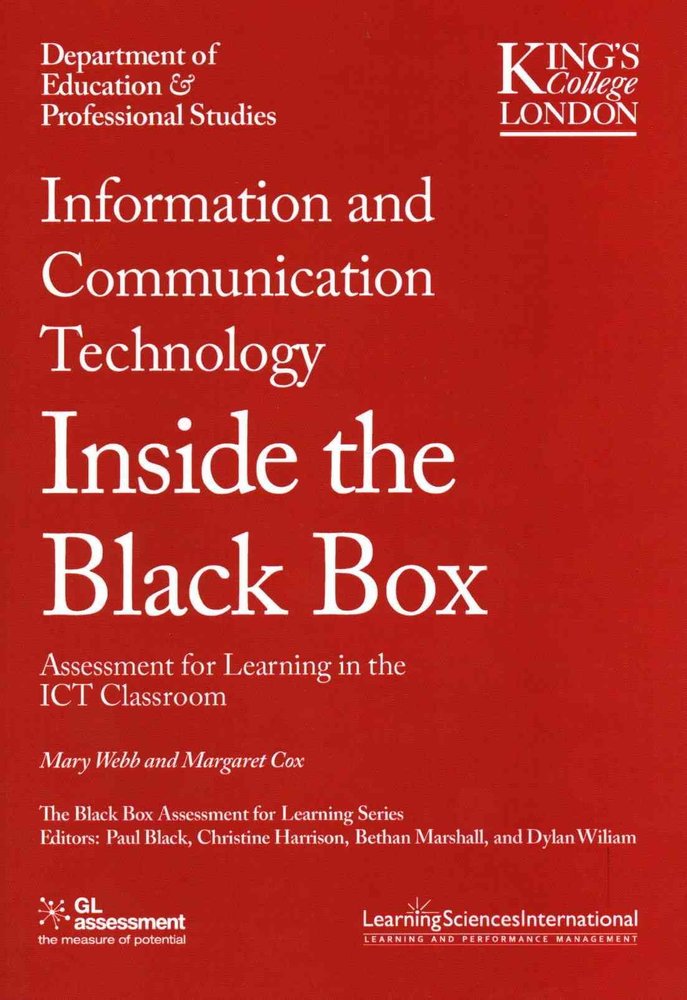

Satellite imagery and analysis were used to assess conflict developments and their impact. The UN body for space imagery, UNOSAT, thus aimed to contribute to context understanding using satellite technology. Strict access constraints to Syria and dynamic changes on the ground make it very difficult for humanitarian responders to have a clear picture of the situational needs. With more complex queries, the call centre’s coordinators contact the relevant agency or cluster for an answer and get back to the caller within three days. The operators collect information from agencies every week in order to answer straightforward questions from callers. The Erbil-based call centre is run by two coordinators and four Iraqi operators, three of whom are female. In July 2015, an inter-agency group of UN agencies and NGOs launched a nationwide toll-free hotline. We don’t know anything about their work’. As one man in Dahuk noted: ‘We don’t know the organisations or their names we have never spoken with them. IDPs in Iraq had limited access to reliable news from local media and information about available aid services. the investment necessary to roll out digital data collection paid for itself after just one survey. It set up these tablets with open source software. In 2013, the NGO bought 20 tablet computers for about 300 USD a piece. Entering the responses from the paper questionnaire into the database, aggregation and analysis would take many hours. Transporting paper questionnaires from remote areas to local hubs often took days.

ExampleĮxamples of technologies used in insecure environmentsĪn international NGO runs a large, long-standing operation throughout Afghanistan, which involves multiple and time-intensive surveys every month. M&E practitioners are increasingly optimistic about the use of these technologies when working in insecure environments. We identified six technology types that meet these criteria: handheld devices for digital data collection, mobile phone-based feedback mechanisms, remote sensing with satellites or delivery tracking, communication with online platforms and broadcasting with radios and other forms of media. Did assistance get to the right people? Have aid trucks safely reached their intended location? How do affected populations assess the services provided? Amidst access constraints, attacks and the risk of aid diversion, those questions remain difficult to answer.Īccess restrictions, high costs, poor infrastructure and high levels of uncertainty require tools that can function without constant electricity supply, across large distances and without advanced computing skills. In some of the most insecure humanitarian contexts, monitoring aid programmes are particularly important to humanitarian organisations. Technologies like mobile phones, radios, Internet platforms and GPS trackers promise new solutions for collecting vital data or tracking implementation of projects.

Access constraints or even direct attacks make monitoring and evaluation extremely challenging. Operating in insecure environments is one of the more critical tests for humanitarian, development, and peacebuilding organizations alike.


 0 kommentar(er)
0 kommentar(er)
